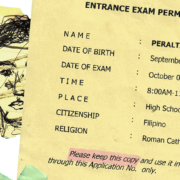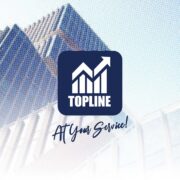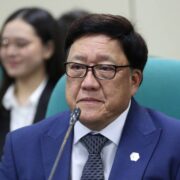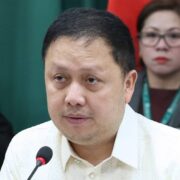Closing the SHS employability gap

The Department of Education (DepEd) deserves commendation for its bold new initiative to enhance the employability of senior high school (SHS) graduates. After years of criticism that the K-12 system has failed to make SHS graduates job-ready, DepEd is now piloting a promising new model: a significantly expanded industry immersion program in selected schools nationwide. This pilot involves a meaningful increase in the number of immersion hours—from a superficial 80 hours to a robust 420 to 640 hours—bringing students closer to real-world work experience and providing the much-needed depth that industry partners have long demanded.
This is not just another patchwork fix. It has the right ingredients: careful piloting, learning from past missteps, deliberate selection of a diverse mix of schools across locations and types, active involvement of the Private Sector Jobs and Skills Corp. (PCORP), public-private partnerships, interagency collaboration with Tesda, and a clear focus on competency-based standards that are aligned with industry needs. For once, the design seems to understand that employability cannot be achieved through seat time alone; it requires authentic skills acquisition and exposure to actual work settings.
However, if history is our guide, the program’s success is far from guaranteed. The DepEd has rolled out many well-intentioned reforms in the past, but these often faltered not for lack of vision, but because of an enduring structural constraint: the shortage of teachers and overloading of their responsibilities. This has been the Achilles’ heel of Philippine basic education for decades—and in this initiative, the challenge becomes even more acute.
The new immersion program demands more from teachers. Not only are they expected to supervise students in real work environments, they must also acquire Tesda-certified competencies themselves to be effective immersion supervisors. This raises a critical question: Where will these technically proficient, industry-aware teachers come from? Currently, most SHS teachers are already managing full teaching loads. Many lack direct industry experience, and few have the necessary Tesda National Certificate II or comparable qualifications to teach and supervise in technical fields. The program cannot afford to place students in immersion settings with teachers who themselves are unprepared or underqualified to guide them.
This is where the program could fail—unless DepEd moves quickly to mobilize a surge force to fill this teacher capacity gap.
DepEd cannot rely solely on existing school-based teachers. The surge force must be multilayered and sourced from multiple sectors. There are several viable options:
First, Tesda’s existing trainers and assessors can be temporarily deployed to provide immersion supervision and portfolio assessment. However, Tesda’s capacity is stretched, and unless Tesda reallocates trainers or accelerates its trainer expansion programs, this will not be enough.
Second, private sector trainers can and should be engaged. Tesda policies already recognize industry-based trainers as qualified to deliver certified technical instruction. DepEd and PCORP can formalize partnerships where these trainers supervise student immersions, either as in-kind corporate social responsibility contributions or under honorarium-based contracts.
Third, retired teachers can be rehired under contract of service or job order arrangements. While they may need targeted upskilling, they can be quickly redeployed to provide administrative support, student coaching, and portfolio supervision, relieving some of the burden from active SHS teachers.
Fourth, higher education institutions (HEIs) and LGU personnel with technical backgrounds can serve as additional surge force members, particularly in regions where Tesda trainers and private sector mentors are not readily available.
All of these options will require deliberate policy action. DepEd must issue a national directive that explicitly authorizes the surge force strategy, allocates dedicated funding for surge recruitment and training, and ensures that teacher workloads are adjusted to make time for immersion supervision. Local DepEd divisions must be empowered to contract retired teachers, coordinate with LGUs, and formalize agreements with HEIs and private firms without excessive bureaucratic barriers.
The risk of failure in this program is not in the design—it is in the execution. Without enough qualified supervisors on the ground, the extended immersion hours will become another well-intentioned metric with little substance. The challenge is urgent, but it is solvable.
For this promising initiative to succeed, DepEd must immediately mobilize a multisector surge force, secure private-sector trainer commitments, partner aggressively with Tesda and LGUs, and rehire retired teachers with flexible deployment terms.


















Diploma mill: Dismantling the broken system